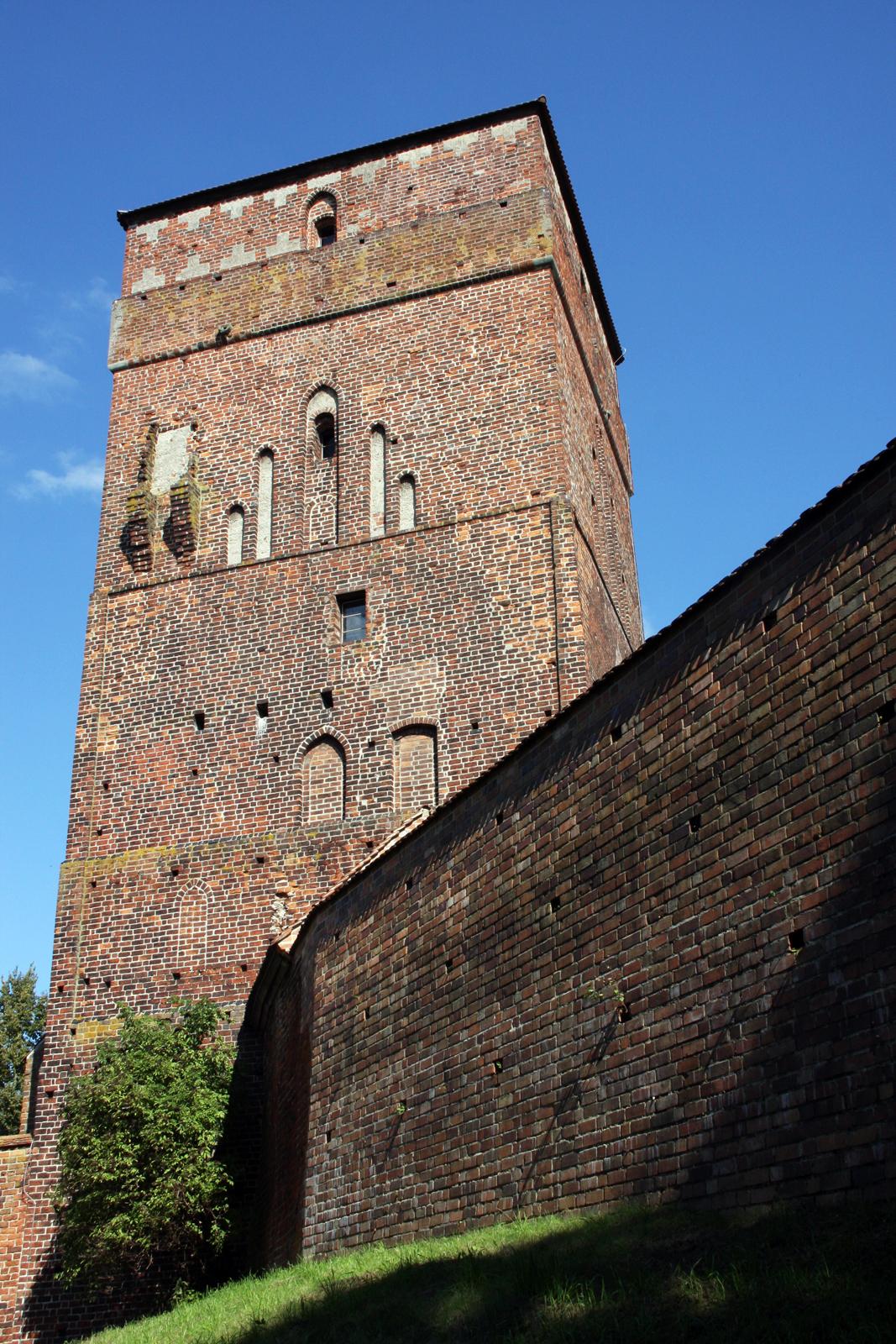
Museum of the Thirty Years´War
Our notion of the 17th century and the Thirty Years´ War is shaped by ebullient mirth and courtly splendour as well as deep religiosity and apprehension of death, formed by the apocalyptic scourges of the epoch: war, plague and famine. Prophesies, astrology and magical rites were essential for man’s attitude towards the future and towards nature, whose workings were felt to be overwhelming.
Remote from battles and war atrocities, every-day life in cities, towns and countryside went on as usual. Some cities, like Hamburg and Amsterdam, profited from the booming trade in goods vital to the war and from evolving money market - an important precondition for the continuation of the war. Cities like Liège, an armament centre, or Oldenburg, famous for its horse husbandry, were not disturbed by warring factions.
As the war went on and on the population suffered increasingly from the armies, which received inadequate provisions and were famished. The rural population fled from advancing armies to the cities and forests or emigrated to adjacent areas in search of better living conditions.
This resulted in large-scale migration movements and decreases in population, which were still perceptible long after the war. In Sweden, which did not suffer directly from the war, the systematic conscription of young men led to a persistent decrease in population.





